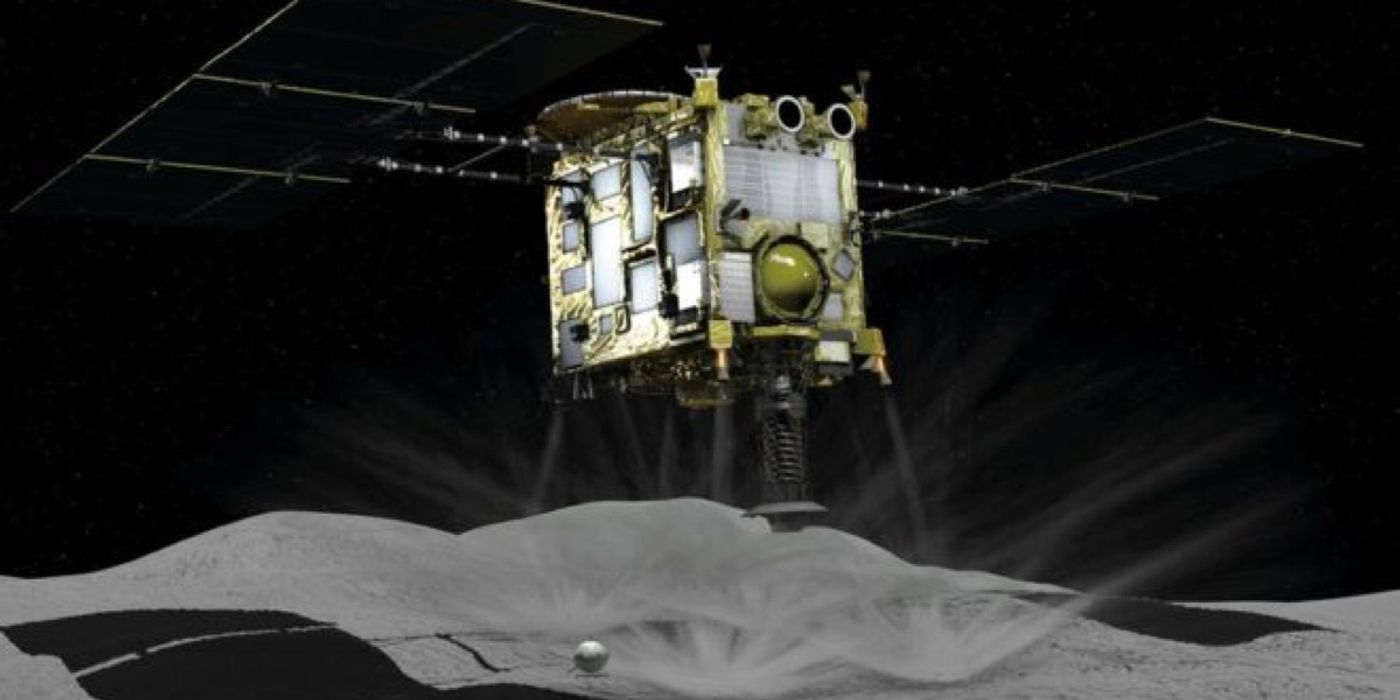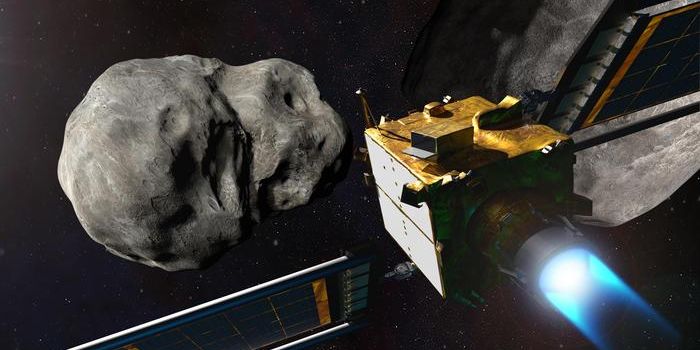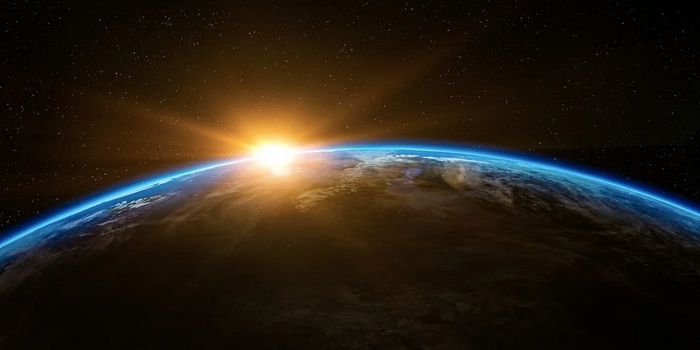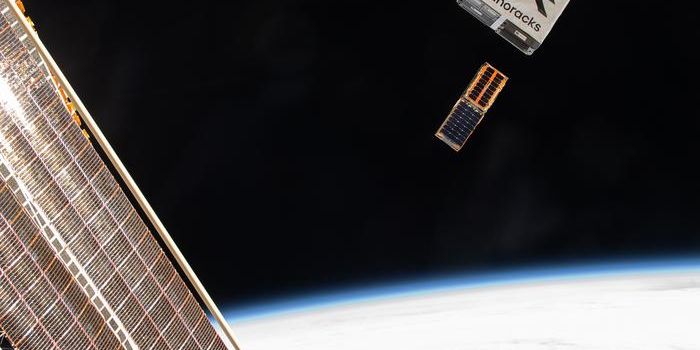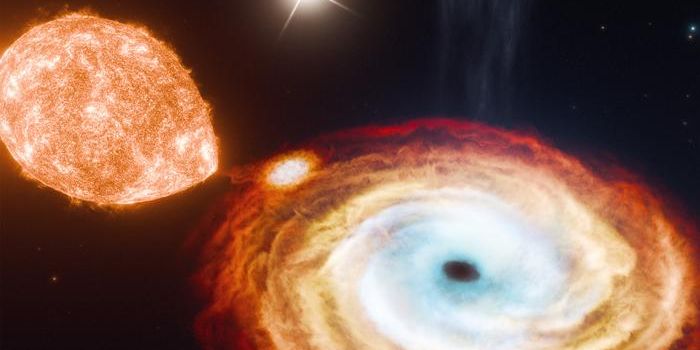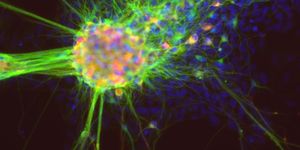Japan's Hayabusa2 Probe Lands on Ryugu Asteroid for a Second Time
Japan’s Hayabusa2 spacecraft arrived at asteroid 162173 Ryugu last Summer, and it continues to conduct scientific experiments on the distant space rock to this very day. In February, Hayabusa2 touched down on Ryugu’s surface to collect rock samples, and it wasn’t long after that Hayabusa2 blasted a small crater into Ryugu’s surface to expose the space rock’s subsurface. Now, the science continues…
Image Credit: Reuters via BBC
Hayabusa2 has purportedly landed on Ryugu’s surface once again this past week, this time to collect rock samples from the site where the spacecraft punched a fresh crater into the surface. From what we can gather, scientists want these samples in addition to the first batch because they’ve been buried beneath the surface, safe from exposure to outer space. That said, they could be very different from the first batch collected several months ago.
Scientists think that Ryugu is a particularly exciting piece of space rock because it’s leftover from a time when the solar system was still forming. With that in mind, studying its space rocks’ chemical compositions could give scientists a better understanding of what the solar system may have been like when the planets were still forming, or at least very young.
Related: Hayabusa2 spacecraft takes photographs of the freshly-made impact crater on Ryugu
After the Hayabusa2 spacecraft completes its sample-gathering and scientific observations, it will return to Earth such that scientists can snag a closer look at the samples it collected. These observations could reveal important clues about whether asteroids played any part in the rise of life on Earth or determine whether asteroids might be worth mining in the distant future.
In studying each of the surface rock samples, scientists will also learn more about how the harsh environment of outer space impacts the space rock’s surface. After all, Ryugu doesn’t sport a protective atmosphere like the Earth, and so it’s particularly easy for cosmic and solar radiation to bombard the space rock’s surface, altering the chemical composition, among other things.
For what it’s worth, Japan isn’t the only nation conducting an asteroid intercept mission – so too is NASA, with its OSIRIS-REx spacecraft, which is currently exploring Bennu as another source of valuable information about the solar system. It will, without a doubt, be interesting to see what scientists learn when Hayabusa2, and other missions just like it, return to Earth.
Source: BBC, New York Times
